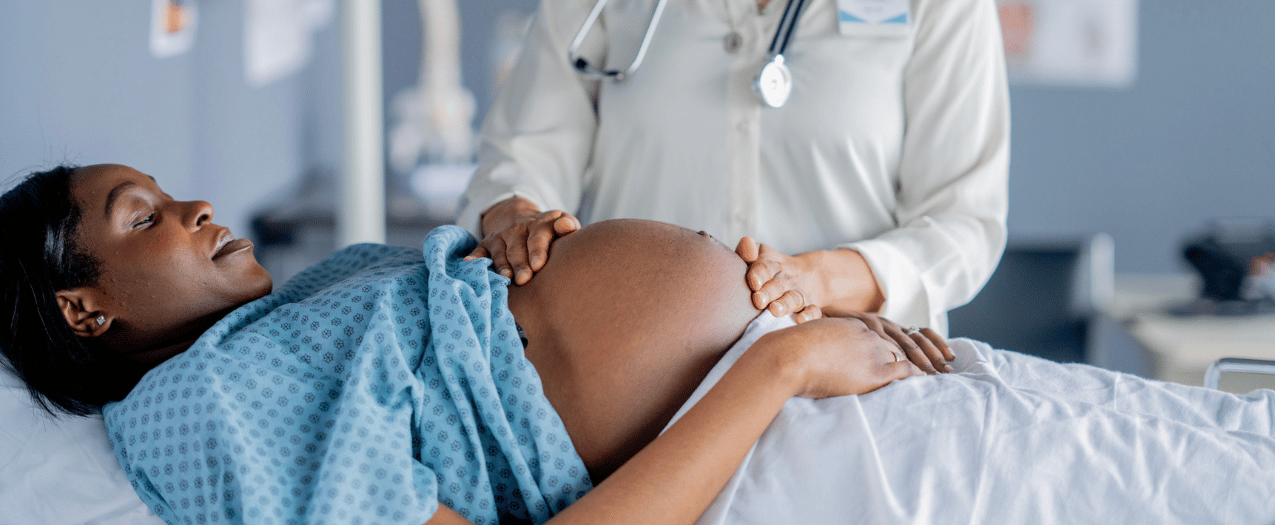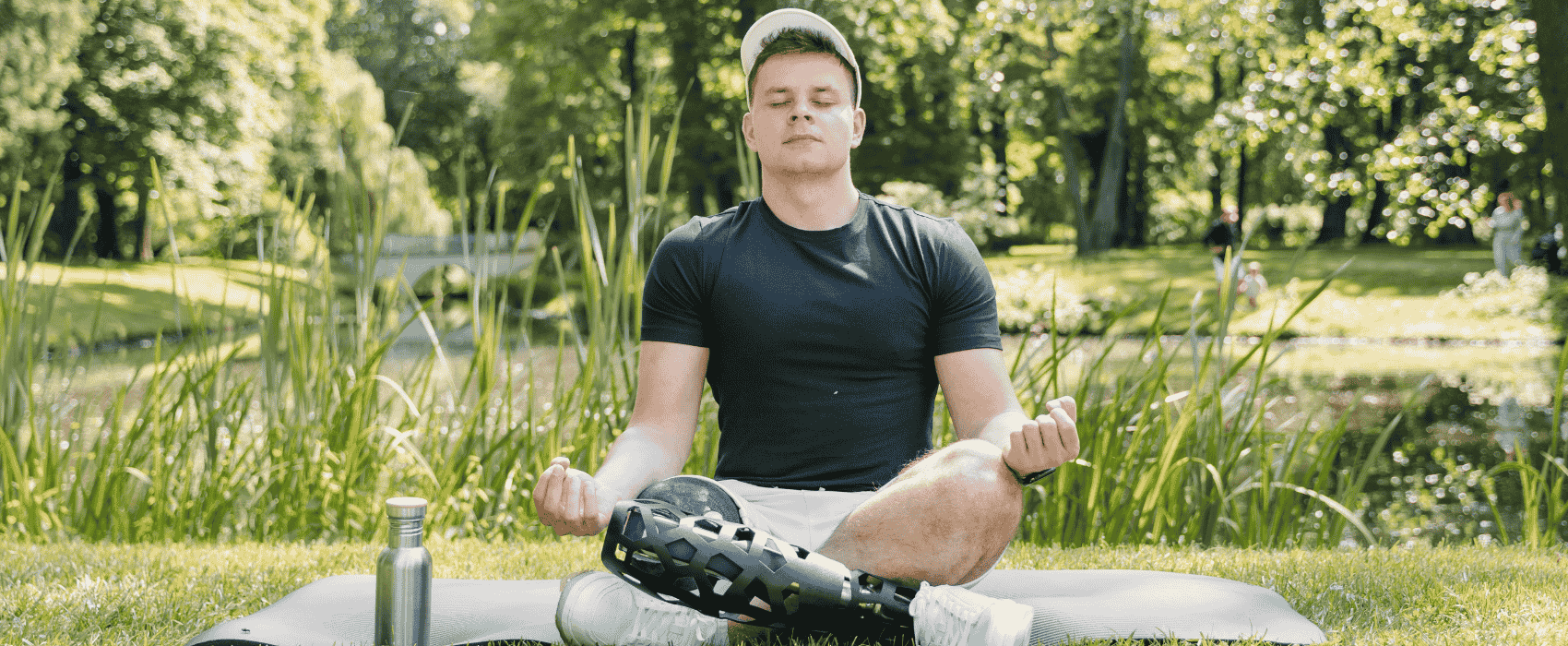
Pregnancy brings many changes to the body, and for some, that includes unexpected leaks. Incontinence during pregnancy is more common than you might think, and while it can be uncomfortable or even embarrassing, it’s usually temporary and manageable. In this article, we’ll explore why pregnancy incontinence happens, what you can do about it, and when to seek help.
What is Pregnancy Incontinence?
Pregnancy incontinence is the involuntary loss of urine that occurs during pregnancy. It's completely normal and doesn't indicate a problem with you or your baby. Many women will experience various types of incontinence depending on each trimester. The most common include:
- Stress Incontinence — You may leak urine when you sneeze, cough, laugh, lift something heavy, or even stand up quickly.
- Urge Incontinence — This is a sudden, intense need to urinate—even if your bladder isn’t full.
- Mixed Incontinence — This is a combination of both stress and urge incontinence.
Pregnancy incontinence can also be a symptom of an overactive bladder (OAB) that occurs during pregnancy. OAB is characterised by bladder spasms that can lead to urge incontinence and other symptoms. There are treatment options to help control spasms, so see your doctor if you notice OAB symptoms.
Incontinence can occur within the bladder and bowel. Typically, urinary incontinence is more common during pregnancy, but fecal incontinence can occur (especially during childbirth itself). These are both normal, and you can work with your doctor to better mentally and physically prepare for their occurrence.
How Common is Urinary Incontinence During Pregnancy?
Urinary incontinence during pregnancy is common—in fact, it's estimated that between 30% and 60% of pregnant women experience some form of it. Studies tend to vary regarding this data; some say more than 50% of women experience it, and others cite a 39.5% prevalence or lower. Regardless, it's normal and typically nothing to worry about. Some women may only experience mild or infrequent bouts of incontinence, while others may notice more severe symptoms. Your doctor can help you utilize the right products to manage leakage and ensure your quality of life remains high.
When Does Incontinence Start in Pregnancy?
Incontinence during pregnancy can begin at various stages, depending on the individual. While it's most commonly reported and often most severe during the third trimester, when the growing uterus places maximum pressure on the bladder, it can actually start much earlier. Many women begin to notice mild bladder leakage as early as the first trimester, often due to hormonal changes that relax the pelvic floor muscles and increase blood flow to the pelvic region.
By the second trimester, the uterus has expanded significantly, and the added weight can start to affect bladder control more noticeably. This is when stress urinary incontinence can start to occur.
As pregnancy progresses into the third trimester, the frequency and intensity of incontinence often increase. The baby’s position, combined with weakened pelvic floor muscles and increased pressure on the bladder, makes it more difficult to control urination. Some women may also experience urge incontinence during this time, making it difficult to hold in urine long enough to find the bathroom.
It’s important to remember that every pregnancy is different. Some women may experience incontinence throughout their entire pregnancy, while others may only notice it occasionally or not at all. Staying informed and proactive about pelvic floor health can help manage symptoms effectively.
What Causes Incontinence During Pregnancy and Childbirth?
As mentioned, several different things can contribute to urinary incontinence during pregnancy. Some of the most common include:
- You naturally produce more urine during pregnancy due to increased blood volume to support your growing baby.
- As your baby grows, your uterus expands to make room for your baby, which puts extra pressure on your bladder. The further into your pregnancy you are, the more your bladder gets squeezed.
- Reproductive hormones like relaxin and progesterone can cause muscles to loosen and relax, allowing your body to accommodate your baby and prepare for childbirth. However, this can also relax the pelvic floor muscles, resulting in leakage.
- Constipation (a common occurrence during pregnancy) can also put excess pressure on the bladder, leading to urine leakage.
- When you lie down at night, the fluid retention in your legs and feet re-enters your bloodstream and can increase urine production.
Risk Factors for Incontinence During Pregnancy
While any woman can experience incontinence during pregnancy, there are a few things that can increase your risk. Some of the most common risk factors include:
- Women who’ve had one or more pregnancies are more likely to develop incontinence during later ones.
- Vaginal deliveries, especially those involving forceps, large babies, or prolonged labor, can weaken the pelvic floor muscles.
- Twins, triplets, or more place greater pressure on the bladder and pelvic floor, increasing the risk of leaks.
- Being 35 or older can make you more prone to incontinence due to natural muscle tone loss and hormonal shifts.
- Higher pre-pregnancy body mass index increases pressure on the bladder and surrounding muscles, making leaks more likely.
- If your mother or sister had pregnancy-related incontinence, you may be more likely to experience it as well.
- Chronic cough or constipation can strain your pelvic floor muscles over time and weaken them, even before pregnancy.
- If your pelvic muscles were already weak before pregnancy (due to lack of exercise, prior surgeries, etc.), you're at a higher risk for incontinence.
- Smokers are more likely to experience UI during pregnancy.
- Carrying a baby that’s larger than average can put additional strain on your bladder and pelvic floor, leading to leakage.
Does Incontinence Go Away After Pregnancy?
Luckily, pregnancy incontinence is usually a temporary matter, and most women stop having bladder control problems within a year following childbirth.
However, it can take time for your pelvic muscles to strengthen and return to normal after childbirth, especially if you've had a vaginal delivery. However, most people find that, with some strategic exercise and a healthy diet, the pelvic floor muscles return to normal within about three to six months of childbirth. Certain things can impact this timeline, but you can work with your doctor to determine the best course to strengthen the pelvic floor. You may be more likely to experience more prolonged bouts of incontinence if:
- You had a large baby.
- It was your first baby.
- You had a long labor.
- You experienced a perineal tear and required an episiotomy.
- You had an assisted birth.
In some cases, pelvic organ prolapse may also occur, which is when pelvic organs drop from their normal positions into the vagina. If you think you've experienced any type of prolapse, it's important to see your doctor as soon as possible. You can read more about this here.
It's also important to understand that there may be a risk of incontinence that continues after the postpartum period for women who've had vaginal births. Some women find that they continue to experience stress incontinence even after the initial postpartum phase. If this occurs, your doctor can help you better understand what's going on and how to find the right treatment or management plan.
Tips to Manage or Prevent Incontinence During and After Pregnancy
There are several things that you can do to help manage incontinence during pregnancy and after childbirth. Some of these include things like:
Perform Pelvic Floor Exercises
Kegel exercises can strengthen the muscles supporting your bladder, uterus, and bowels. Doing them regularly during and after pregnancy can help reduce leaks and improve pelvic floor function. If you're not sure you're doing them correctly, a pelvic floor therapist can guide you using biofeedback methods.
Try to Empty Your Bladder Completely
Take your time when using the bathroom—don’t rush. Try leaning forward slightly and gently rocking side to side to help fully empty your bladder. This can reduce the frequency of urination and lower the chances of leakage between trips. It can also reduce the risk of urinary tract infections.
Incorporate Bladder Training Exercises
Bladder training involves gradually increasing the time between bathroom trips to help your bladder hold more urine comfortably. Start with small goals (like holding it for an extra five to ten minutes) and work your way up. This can be especially helpful for urge incontinence.
Use Incontinence Products
There’s no shame in using incontinence products to stay comfortable and confident. Absorbent pads, liners, or disposable underwear can help manage leaks discreetly. Look for products specifically designed for pregnancy and postpartum needs—they’re often more breathable and flexible.
Wear Compression Socks
Swollen feet and ankles can cause fluid buildup during the day. At night, that fluid redistributes and increases urine production. Wearing compression socks during the day can help reduce nighttime incontinence by minimizing that fluid shift.
Stay Hydrated
It might seem counterintuitive, but drinking enough water is key. Dehydration can actually make incontinence worse by irritating the bladder and leading to more frequent urges. Aim for steady hydration throughout the day rather than large amounts all at once.
Byram Healthcare is here to help ensure that you have everything you need to manage incontinence during pregnancy. Browse our incontinence product guide or contact us today to get started on your order.




